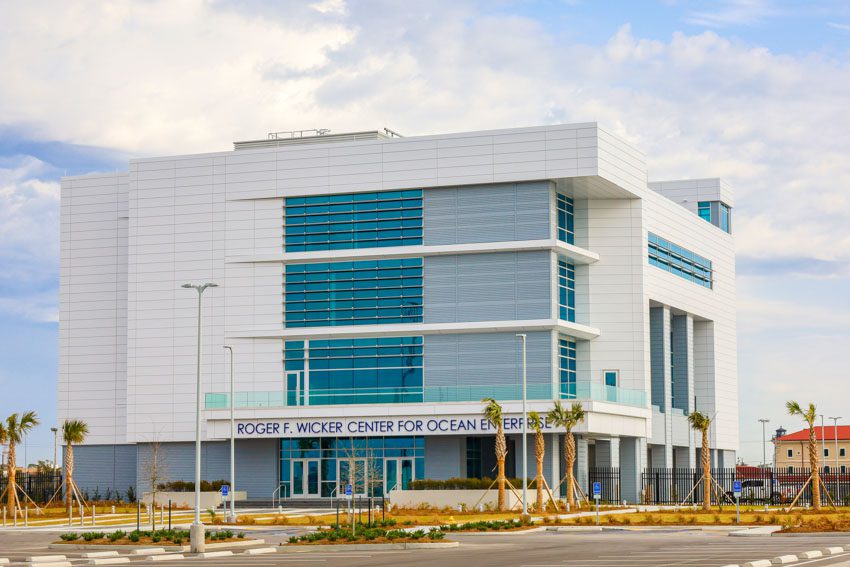Time for SPP To Join MISO?
As appeared in The Energy Daily on July 26, 2011
-COMMENTARY-
By Matthew Cordaro
One of the ways America’s leaders should jump-start our economy is through energy policies that encourage the development of a comprehensive portfolio of electric power sources. In this regard, utilities should continue to join regional transmission organizations, or RTOs, which efficiently manage the distribution of power across large states or regions, in the pursuit of efficiencies and savings for electric power customers.
The Federal Energy Regulatory Commission (FERC) promotes the formation of RTOs in all areas of the country. FERC notes that properly functioning RTOs provide economic benefits, including improved congestion management, reliability and coordination; incentives for more efficient generator performance; and enhanced demand response.
Over the past decade, the size of RTOs across the country has steadily increased because it makes sense for both the electric utility and for ratepayers. The larger an RTO becomes, the greater its diversity of generation, supply of electricity and combined transmission assets. A study commissioned by FERC, “Economic Assessment of RTO Policy,” noted that larger RTOs would lead to greater benefits.
In 2001, the Midwest Independent Transmission System Operator (MISO) became the country’s first RTO. Today, MISO has operations in 12 states and one Canadian province, placing it among the largest independent transmission system operators in the country, providing consumers with unbiased regional grid management that ensures reliable, low-cost electricity to an area exceeding 200,000 square miles and 40 million people.
Entergy Corp.’s recent announcement to join MISO came as a surprise to some people, since the other major alternative they considered was the Southwest Power Pool (SPP), which has served as Entergy’s “independent coordinator of transmission” since 2006. The choice, though, makes good sense for Entergy and its customers.
MISO offers a much larger pool of resources, as well as experience absorbing a substantial utility like Entergy with a system of six utilities in four states. MISO’s successful operations have been studied and documented by prestigious organizations such as The Brattle Group and INFORMS, an internationally-acclaimed scientific and academic society. Simply stated, there are many benefits for Entergy in joining MISO because of this RTO’s size, scale and state-of-the-art transmission operations.
For the sake of additional economic efficiencies in the region, the real question is not whether Entergy should be joining MISO, but whether SPP itself should be incorporated into MISO as well in some manner?
Back when I served as the first president and CEO of MISO, I proposed a merger between MISO and SPP, recognizing the great benefits that would be enjoyed by our utility members and, I firmly believed, for SPP’s members as well. At the time, I saw considerable value resulting from merging the assets of these two organizations.
Now that Entergy’s system of six utilities has proposed joining MISO, serious consideration should be given to SPP also joining MISO. This would not be as complicated as the full-scale merger of the two organizations I had originally envisioned. Rather, it would be similar to the Entergy proposal where SPP as an existing system joins MISO as a member.
A key benefit to SPP’s customers would be the proven and established ‘Day 2 Market’ which MISO already has established. This complex, cutting-edge, transparent framework matches supply with demand, and ensures more competitively priced electricity and more efficient power generation.
While SPP has plans to develop a similar system, modeled after MISO’s, doing so will takes years and come at a high cost to the organization’s members. By joining MISO, SPP can avoid unnecessary expenses by tapping into a fully operational Day 2 Market. Once Entergy joins MISO, (a move, by the way, also under consideration by Cleco Power, a Louisiana-based utility) other utility members of SPP may be more likely to follow suit to gain the greater cost efficiencies and reliability from MISO’s larger pool. At the same time, this makes it less compelling for other utilities to stay in a shrinking SPP, creating a potential downward spiral.
Today there are new and more urgent energy challenges. The Edison Electric Institute estimates that by 2030, the electric utility industry will require infrastructure investments of $1.5 to $2 trillion. In addition, there are significant cost and operational challenges from the current push to incorporate new smart grid technologies, and to increase the use of low-carbon generation sources such as wind and solar power.
As with any organizational change, SPP would face challenges by joining the membership of MISO, but the end result would be greater reliability and lower, more stable costs for the businesses and homes served by what would be the largest, most efficient RTO in the nation. It is a viable option that SPP should explore immediately for the sake of its members and their ratepayers.
—Matthew Cordaro served as the first president and chief executive officer of the Midwest Independent Transmission System Operator (MISO). Previously, he was the president and chief executive officer of Nashville Electric Service, the president of Long Lake Cogeneration Corp., and a senior executive officer of the Long Island Lighting Co. Cordaro is a past member of the board of directors of the Electric Power Research Institute and the American Public Power Association.
Reprinted with the permission of the publisher.
© 2011 IHS Global Inc. Federal copyright law prohibits unauthorized reproduction by any means and imposes fines of up to $150,000 for violations.







